�
How to Solve It
This page intentionally left blank
�
How to Solve It
A New Aspect of
Mathematical Method
G. POLYA
With a new foreword by john H. Conway
Princeton University Press
Princeton and Oxford
�
Copyright© 1945 by Princeton University Press
Copyright© renewed 1973 by Princeton University Press
Second Edition Copyright© 1957 by G. Polya
Second Edition Copyright © renewed 1985
by Princeton University Press
All Rights Reserved
First Princeton Paperback printing, 1971
Second printing, 1973
First Princeton Science Library Edition, 1988
Expanded Princeton Science Library Edition,
with a new foreword by John H . Conway, 2004
Library of Congress Control Number 2004100613
ISBN-13: 978-0-691-11966-3 (pbk.)
ISBN-10: 0-691-11966-X (pbk.)
British Library Cataloging-in-Publication Data is available
Printed on acid-free paper. oo
psi. princeton.edu
Printed in the United States of America
3 5 7 9
10 8 6 4
�
From the Preface to the First Printing
A great discovery solves a great problem but there is a
grain of discovery in the solution of any problem. Your
problem may be modest; but if it challenges your curios
ity and brings into play your inventive faculties, and if
you solve it by your own means, you may experience the
tension and enjoy the triumph of discovery. Such experi
ences at a susceptible age may create a taste for mental
work and leave their imprint on mind and character for
a lifetime.
Thus, a teacher of mathematics has a great opportu
nity. If he fills his allotted time with drilling his students
in routine operations he kills their interest, hampers
their intellectual development, and misuses his oppor
tunity. But if he challenges the curiosity of his students
by setting them problems proportionate to their knowl
edge, and helps them to solve their problems with stimu
lating questions, he may give them a taste for, and some
means of, independent thinking.
Also a student whose college curriculum includes some
mathematics has a singular opportunity. This opportu
nity is lost, of course, if he regards mathematics as a
subject in which he has to earn so and so much credit
and which he should forget after the final examination
as quickly as possible. The opportunity may be lost even
if the student has some natural talent for mathematics
because he, as everybody else, must discover his talents
and tastes; he cannot know that he likes raspberry pie if
he has never tasted raspberry pie. He may manage to find
out, however, that a mathematics problem may be as
much fun as a crossword puzzle, or that vigorous mental
v
�
vi
From the Preface to the First Printing
work may be an exercise as desirable as a fast game of
tennis. Having tasted the pleasure in mathematics he will
not forget it easily and then there is a good chance that
mathematics will become something for him: a hobby, or
a tool of his profession, or his profession, or a great
ambition.
The author remembers the time when he was a student
himself, a somewhat ambitious student, eager to under
stand a little mathematics and physics. He listened to
lectures, read books, tried to take in the solutions and
facts presented, but there was a question that disturbed
him again and again: "Yes, the solution seems to work,
it appears to be correct; but how is it possible to invent
such a solution? Yes, this experiment seems to work, this
appears to be a fact; but how can people discover such
facts? And how could I invent or discover such things by
myself?" Today the author is teaching mathematics in a
university; he thinks or hopes that some of his more eager
students ask similar questions and he tries to satisfy their
curiosity. Trying to understand not only the solution of
this or that problem but also the motives and procedures
of the solution, and trying to explain these motives and
procedures to others, he was finally led to write the
present book. He hopes that it will be useful to teachers
who wish to develop their students' ability to solve prob
lems, and to students who are keen on developing their
own abilities.
Although the present book pays special attention to the
requirements of students and teachers of mathematics, it
should interest anybody concerned with the ways and
means of invention and discovery. Such interest may be
more widespread than one would assume without reflec
tion. The space devoted by popular newspapers and
magazines to crossword puzzles and other riddles seems
to show that people spend some time in solving unprac-
�
From the Preface to the First Printing
vii
tical problems. Behind the desire to solve this or that
problem that confers no material advantage, there may
be a deeper curiosity, a desire to understand the ways and
means, the motives and procedures, of solution.
The following pages are written somewhat concisely,
but as simply as possible, and are based on a long and
serious study of methods of solution. This sort of study,
called heuristic by some writers, is not in fashion now
adays but has a long past and, perhaps, some future.
Studying the methods of solving problems, we perceive
another face of mathematics. Yes, mathematics has two
faces; it is the rigorous science of Euclid but it is also
something else. Mathematics presented in the Euclidean
way appears as a systematic, deductive science; but mathe
matics in the making appears as an experimental, in
ductive science. Both aspects are as old as the science of
mathematics itself. But the second aspect is new in one
respect; mathematics "in statu nascendi," in the process
of being invented, has never before been presented in
quite this manner to the student, or to the teacher him
self, or to the general public.
The subject of heuristic has manifold connections;
mathematicians, logicians, psychologists, educationalists,
even philosophers may claim various parts of it as belong
ing to their special domains. The author, well aware of
the possibility of criticism from opposite quarters and
keenly conscious of his limitations, has one claim to
make: he has some experience in solving problems and
in teaching mathematics on various levels.
The subject is more fully dealt with in a more exten
sive book by the author which is on the way to com
pletion.
Stanford University, August I, I944
�
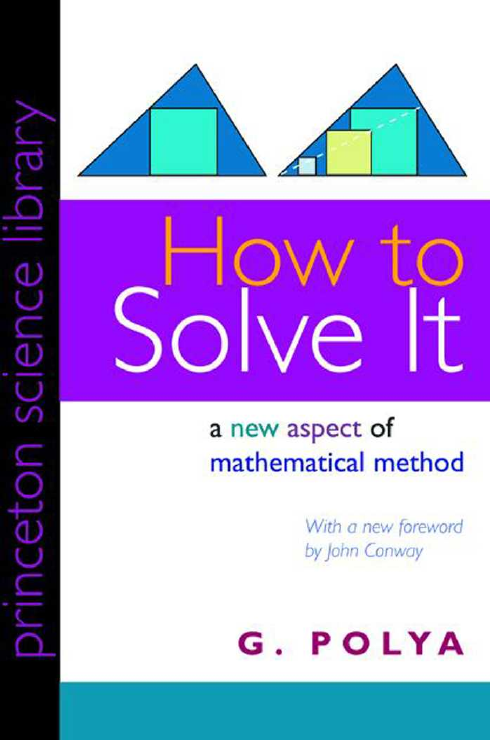
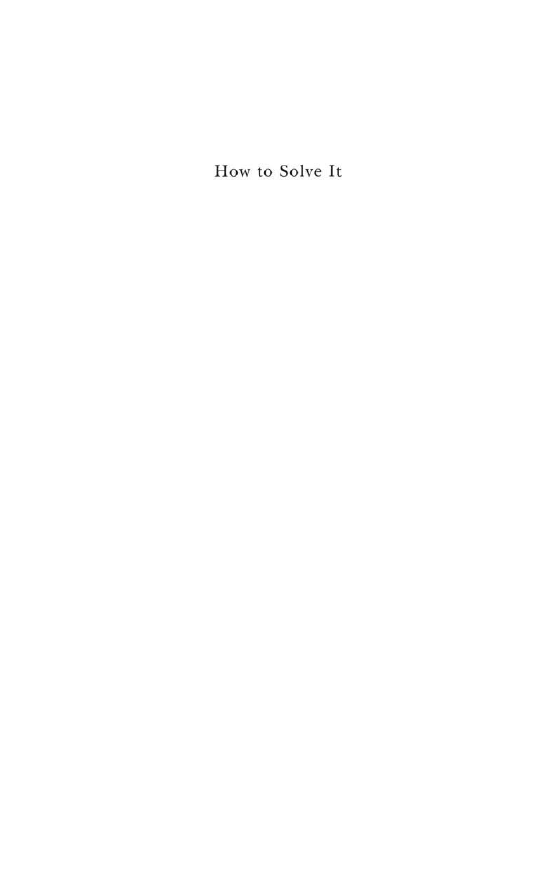
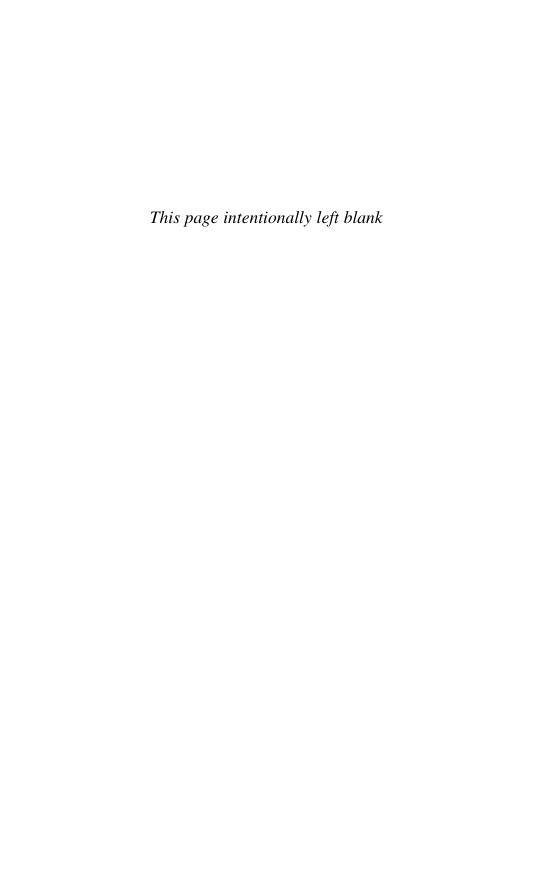
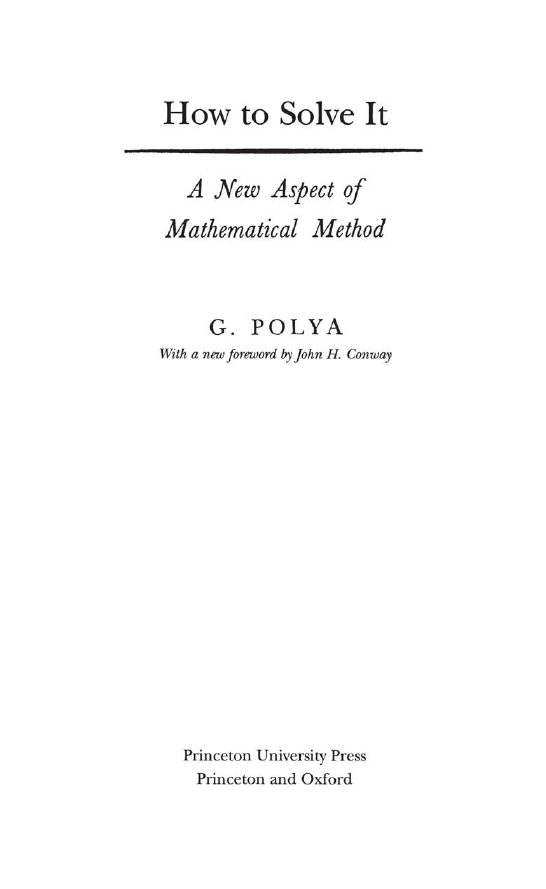
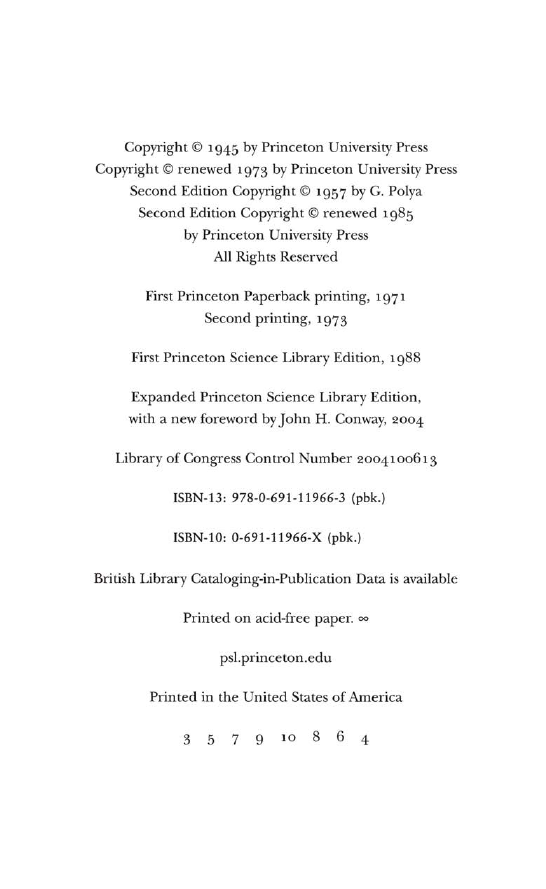
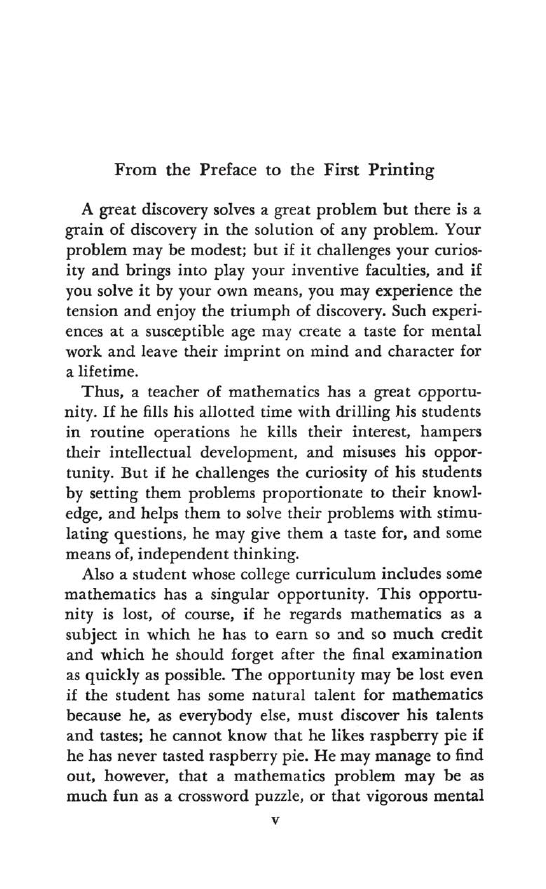
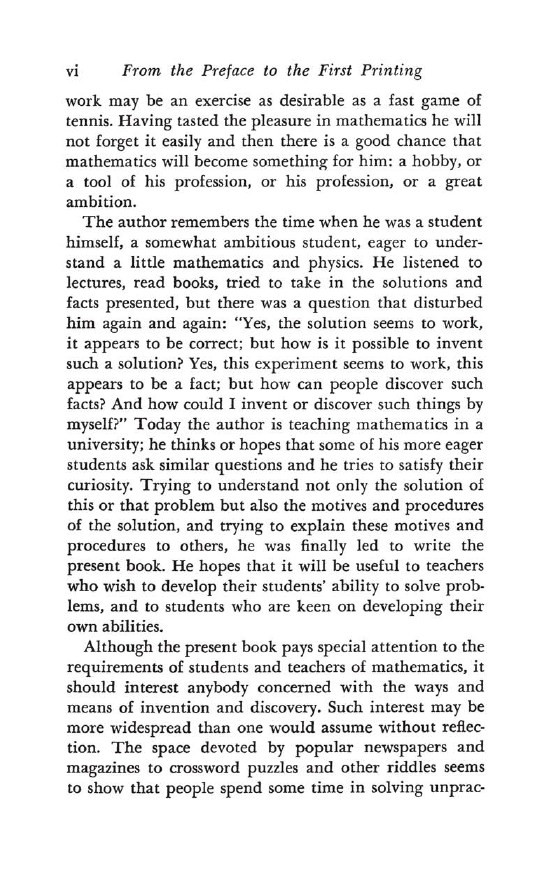
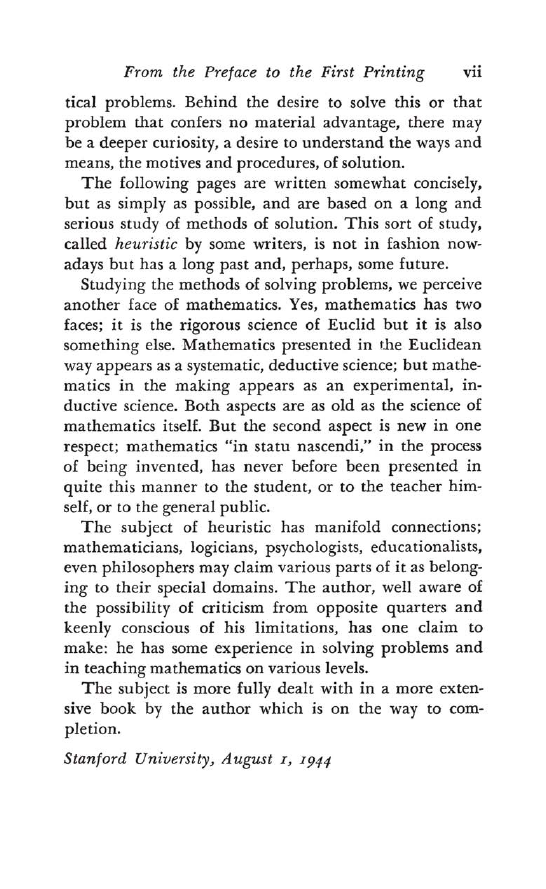








 2023年江西萍乡中考道德与法治真题及答案.doc
2023年江西萍乡中考道德与法治真题及答案.doc 2012年重庆南川中考生物真题及答案.doc
2012年重庆南川中考生物真题及答案.doc 2013年江西师范大学地理学综合及文艺理论基础考研真题.doc
2013年江西师范大学地理学综合及文艺理论基础考研真题.doc 2020年四川甘孜小升初语文真题及答案I卷.doc
2020年四川甘孜小升初语文真题及答案I卷.doc 2020年注册岩土工程师专业基础考试真题及答案.doc
2020年注册岩土工程师专业基础考试真题及答案.doc 2023-2024学年福建省厦门市九年级上学期数学月考试题及答案.doc
2023-2024学年福建省厦门市九年级上学期数学月考试题及答案.doc 2021-2022学年辽宁省沈阳市大东区九年级上学期语文期末试题及答案.doc
2021-2022学年辽宁省沈阳市大东区九年级上学期语文期末试题及答案.doc 2022-2023学年北京东城区初三第一学期物理期末试卷及答案.doc
2022-2023学年北京东城区初三第一学期物理期末试卷及答案.doc 2018上半年江西教师资格初中地理学科知识与教学能力真题及答案.doc
2018上半年江西教师资格初中地理学科知识与教学能力真题及答案.doc 2012年河北国家公务员申论考试真题及答案-省级.doc
2012年河北国家公务员申论考试真题及答案-省级.doc 2020-2021学年江苏省扬州市江都区邵樊片九年级上学期数学第一次质量检测试题及答案.doc
2020-2021学年江苏省扬州市江都区邵樊片九年级上学期数学第一次质量检测试题及答案.doc 2022下半年黑龙江教师资格证中学综合素质真题及答案.doc
2022下半年黑龙江教师资格证中学综合素质真题及答案.doc